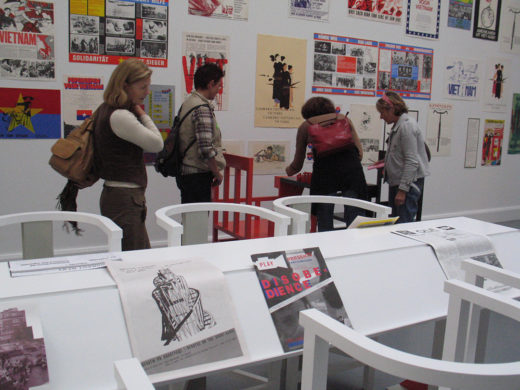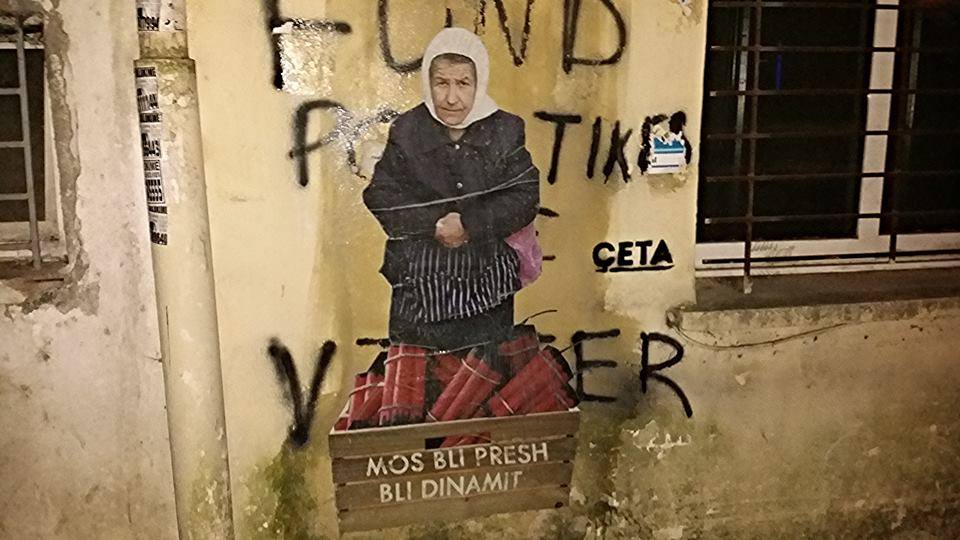Art Periodicals and Contemporary Art Worlds, Part 2: Critical Publicity in a Global Context
Editors note: The following essay by Gwen Allen is Part 2 of a two-part essay devoted to critical art periodicals past and present. Part 1 appears in ARTMargins Print (#5.3, 2016), our Special Issue Art Periodicals Today, Historically Considered that extends across both ARTMargins platforms. Future articles will unfold in the coming weeks and include: “Have a Look: A Short History of Art Periodicals in Yugoslavia” by Darko Šimi?i? and “Art Periodicals in Eastern Europe: A Critical Survey.”
In “Art Periodicals and Contemporary Art Worlds, Part 1: An Historical Exploration” (published issue #5.3, 2016 of ARTMargins Print), I examine … Read more






